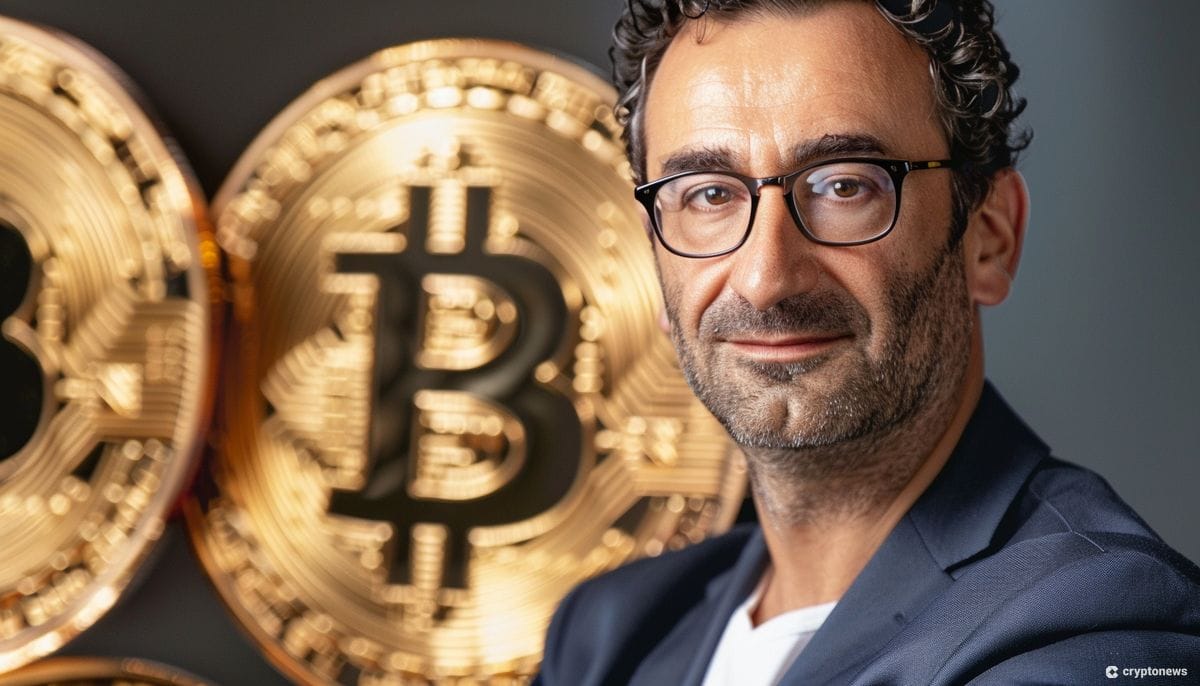Warning from Emin Gün Sirer: Deceptive Trends Threaten Integrity of Crypto Markets

Emin Gün Sirer, the co-founder of Avalanche blockchain, has sounded the alarm on deceptive trends infiltrating certain layer-2 (L2) solutions, posing risks to investors.
In a recent post on X, Sirer expressed concerns about these “trash” projects while educating users about their common characteristics and red flags.
Sirer believes that the rise of substandard L2 projects represents the next significant hazard in the crypto ecosystem, following the infamous crypto exchange heist orchestrated by former FTX founder and CEO, Sam Bankman-Fried (SBF).
“Trash” L2 Projects Flood the Market
The renowned crypto figure argues that the launch procedures for L2 solutions are relatively lax, allowing bad actors to create projects with little to no value.
To safeguard investor security, Sirer outlined several warning signs associated with these risky L2 solutions.
Firstly, he noted a discrepancy between the project’s narrative and its underlying technology, indicating a misalignment between marketing claims and technical implementation.
For instance, projects with centralized sequencers and no fraud-proof mechanisms contradict the core principles of decentralization and security in the cryptocurrency realm.
Sirer also highlighted L2 solutions that conduct token sales primarily for fundraising purposes, rather than having a specific, practical use on the network.
Such projects raise suspicions of dubious investments.
Moreover, Sirer cautioned against L2 projects in which founders sell their personal native tokens before the project’s launch, considering it a significant red flag.
Hey y'all,
We all ignored the huge red flags associated with SBF because "he looked smart" and "he made a lot of money." Then it turned out that he was dumb as rocks, was a sociopath, and was just stealing our money.
The next cycle is going to be even more noisy, with even…
— Emin Gün Sirer🔺 (@el33th4xor) March 23, 2024
Issue of Low-Float Tokens within L2s
Another concern raised by Sirer is the prevalence of low-float tokens within projects, which can artificially inflate token values through manipulative tactics, similar to those employed by SBF.
Lastly, Sirer advised investors to pay attention to the moral conduct and habits of project founders, as any signs of personal misconduct should be considered during the evaluation process.
In addition to the mentioned red flags, Sirer proposed a simple test to help investors navigate the vast number of L2 projects being launched daily and identify authentic and profitable ventures.
He suggested identifying the main issues, or “blockers,” in the crypto space at any given time.
For example, scalability and performance were significant concerns until solutions emerged from blockchains like Avalanche and Solana.
Sirer believes that supporting multiple use cases on the same platform and integrating with traditional finance (TradFi) are currently critical challenges facing the crypto ecosystem.
Before investing in an L2 solution, Sirer advises users to assess whether the project genuinely addresses these challenges.
Ethereum’s Layer 2 ecosystem has experienced substantial expansion over the past year and a half, with a total value locked (TVL) surpassing $27 billion.
In October 2023, transaction activity on Layer 2 networks exceeded that of the Ethereum mainnet, with these networks now routinely processing five times as many transactions, according to L2beat.
As reported, Ethereum-based layer 2 network Arbitrum now has a market share of 49.17% among layer 2 networks, far surpassing number two on the list, Optimism Mainnet, with its 28.85% market share.
The network has also seen a consistent increase in its TVL at least since October last year, rising about 50% from $1.66 billion in October to the current value of $2.51 billion, data from DeFi tracking site DefiLlama showed.




